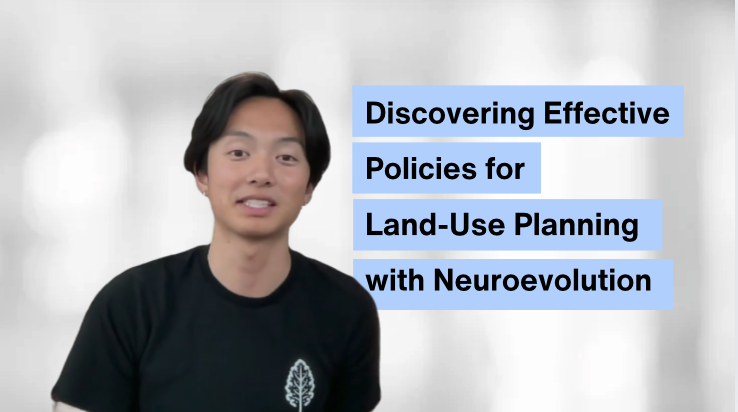August 7, 2025
Discovering smarter land-use strategies with AI: Optimizing emissions, cost, and cropland
A breakdown of our latest paper on optimizing global land-use policy with AI-driven emissions modeling and evolutionary search
How we allocate land — whether to forests, crops, pastures, or cities — has a profound impact on the planet’s carbon balance. A single decision to expand agriculture or preserve forest can echo for decades, either accelerating emissions or helping absorb them. But such decisions rarely come without tradeoffs. Land used to reduce emissions might sacrifice cropland, biodiversity, or economic productivity.
So the question becomes: How can we reduce carbon emissions from land-use change while minimizing the cost of those changes?
In our paper published in Environmental Data Science by Cambridge University Press, we introduce a machine learning–driven framework that does just that. Building on previous successes from COVID-19 policy optimization, we apply a method called Evolutionary Surrogate-assisted Prescription (ESP) to discover more effective, lower-emission land-use policies across the globe.
The result is a proof-of-concept system that automatically finds tradeoffs between emissions and land-use cost, a potential game-changer for how land-use policy can be planned and optimized at scale.
From data to decisions: The ESP Framework
The ESP framework works in two phases: first, predict, then prescribe.
We begin with land-use transition data from the Land-Use Harmonization (LUH2) project, which tracks global land-use changes across categories like forest, crop, pasture, and urban. These transitions are used to generate carbon emissions estimates via the Bookkeeping of Land-Use Emissions (BLUE) model, which simulates the long-term CO₂ impact of each land-use change event. BLUE was used to generate emissions estimates for a wide range of hypothetical transitions from 1850 to 2022.
These emissions estimates are used to train a surrogate model, a neural network that predicts emissions from any hypothetical land-use change. But prediction is only one part of the framework. The real challenge is prescription.
Once trained, we then evolve a second neural network, the prescriptor, which represents a complete global land-use strategy. Each policy it proposes is evaluated using the surrogate model, allowing the system to rapidly test millions of possible strategies.
The search is driven by evolutionary optimization: better strategies survive, recombine, and mutate over generations.The result isn’t a single best answer, but a Pareto front of optimized policies — each representing a different tradeoff between emissions reduction and land-use change. This multi-solution output gives decision-makers flexibility to choose from a set of strategies that best align with their priorities.
Figure 3. Over time, ESP discovers a range of land-use policies representing different tradeoffs. The final Pareto front (blue) shows options from which decision-makers can select based on their goals.
What the system discovered
When tested against common-sense heuristics like evenly reforesting or always targeting high-emission regions, the evolved strategies performed significantly better. They weren’t just more effective; they were more efficient. Rather than applying broad, uniform rules, the system learned to pick its battles, prescribing large changes in a few high-impact areas while leaving others untouched.
This kind of targeted decision-making reduced emissions with less overall land-use disruption. In some cases, small changes had a big impact; in others, change wasn’t worth the cost. The result was a set of non-intuitive, high-leverage solutions that would be difficult to design manually—especially at global scale.
To better reflect real-world policy needs, we added a third objective: limit how much cropland can be changed. Even with this additional constraint, the system adapted effectively. Rather than converting crops, it shifted land from pasture and other less essential areas. These evolved policies outperformed baseline heuristics across all three objectives: emissions, land-use change, and cropland preservation.
Figure 7. Evolved policies with a cropland constraint outperform heuristics across all objectives—emissions, land-use change, and crop preservation—by shifting change away from crops and toward pasture.
This highlights the potential of ESP to handle complex, multi-objective planning problems in a way that reflects actual policymaking constraints.
Improving results with RHEA
To improve search efficiency and steer evolution toward more actionable solutions, we leveraged RHEA (Realizing Human Expertise through AI), a framework developed by our Cognizant AI Lab designed to inject and refine expert strategies within AI systems.
In this case, we seeded the evolutionary process with two handcrafted models: one that prescribed no change at all, and another that prescribed 100% forest conversion. Injecting these models helped steer the population toward the top-left region of the Pareto front — the sweet spot where emissions reductions are significant but policy changes remain realistic and feasible.
This RHEA-based initialization improved both search efficiency and solution quality, enabling the system to find stronger strategies in fewer generations, especially in the most actionable parts of the policy space.
Figure 8. RHEA improves results by injecting expert strategies into evolution. Seeding with “no change” and “100% forest” policies led to significantly better coverage of the Pareto front, especially in the top-left region. These seeds influenced nearly all final strategies — with the no-change seed alone contributing over 30% of the ancestry on average — showing how even limited expert input can guide the search toward high-quality, practical solutions.
Looking ahead
While this work uses global-scale data and simplified assumptions, the underlying system is already operational as a proof-of-concept tool. Built as part of Project Resilience, the interactive Land Use Optimization tool allows users to explore tradeoffs between emissions and land-use change, offering a practical demonstration of how ESP can support climate-aligned land planning. Try the demo here.
With more detailed, region-specific data and input from land-use planners or policymakers, this framework could be extended to support applications such as sustainable development, reforestation strategy, and carbon offset planning. Its flexibility makes it well-suited for complex decision-making problems where multiple objectives must be balanced.
And because the ESP approach applies broadly to any decision scenario involving context, actions, and outcomes, it holds promise far beyond land use — from climate resilience to public health and energy systems. The next step is partnering with stakeholders to apply the system in domain-specific contexts, where tradeoffs aren’t just simulated, but truly optimized.
If you’re a researcher, policymaker, or climate planner interested in applying this technology in your region or domain, explore more at Project Resilience.
Read the full paper.
Try the interactive Land Use Optimization demo.
Daniel is a data scientist who specializes in applying automatic decision-making to AI for Good use-cases such as Project Resilience.
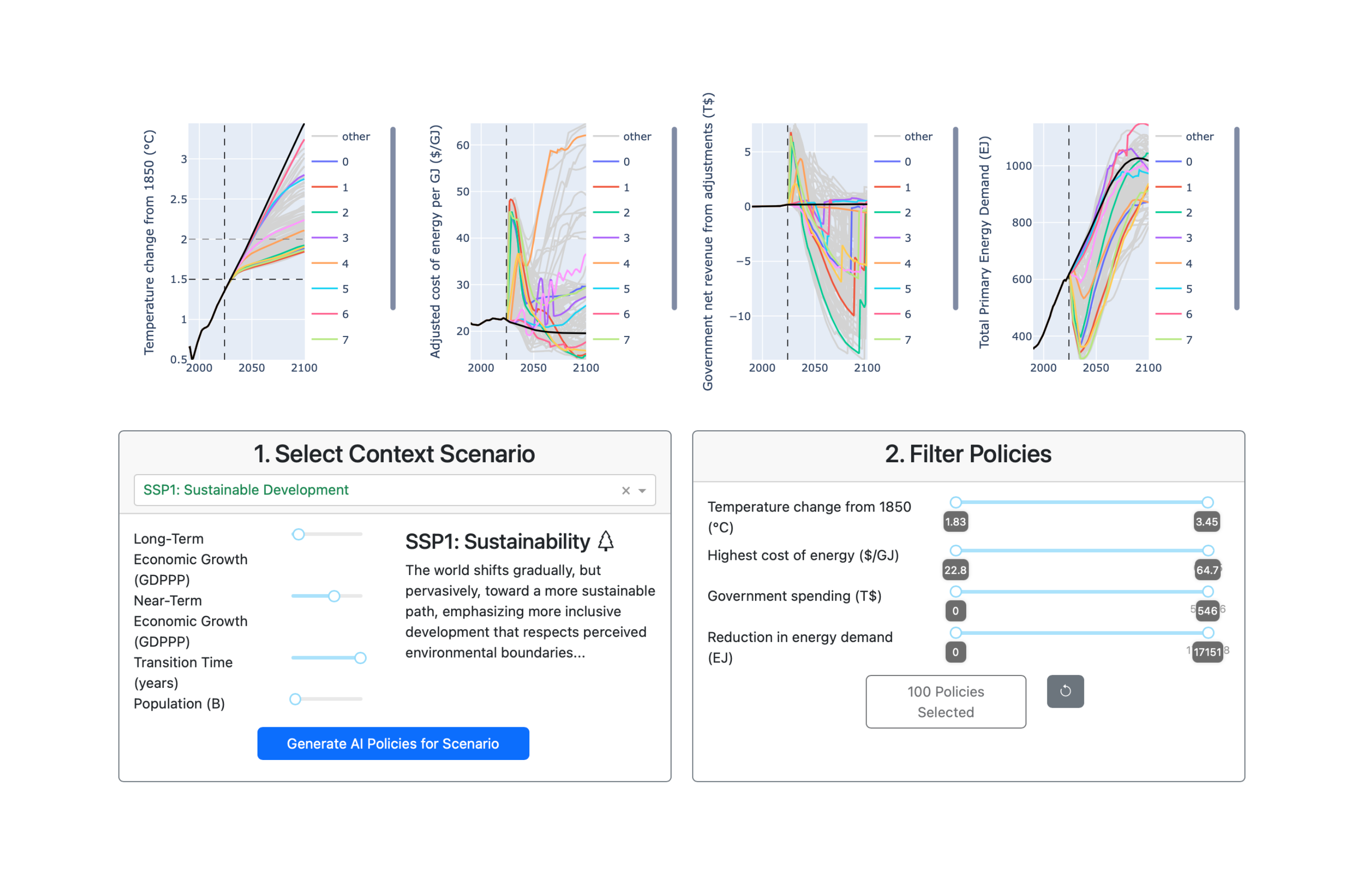
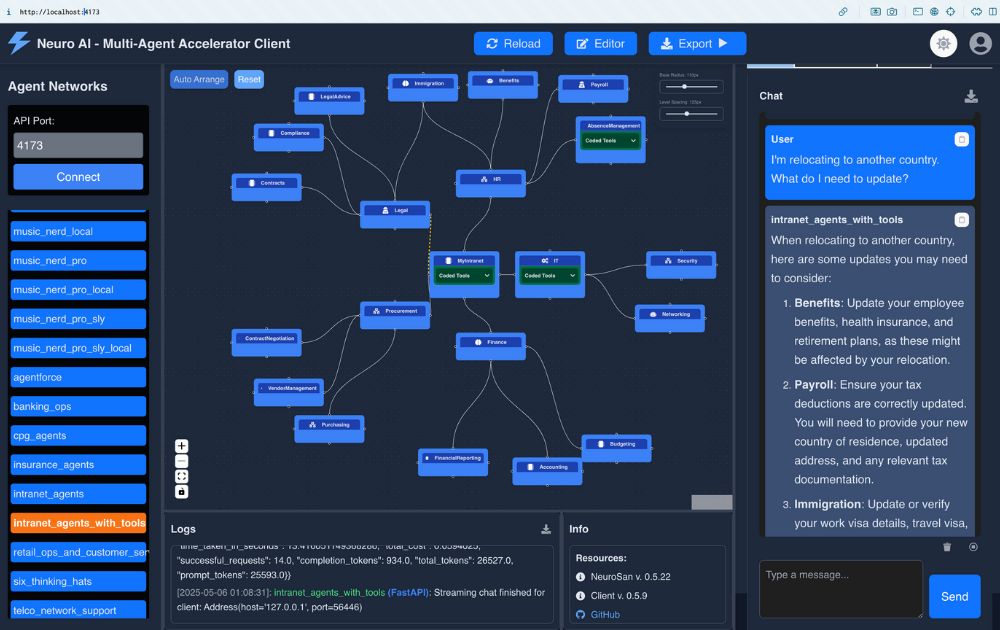
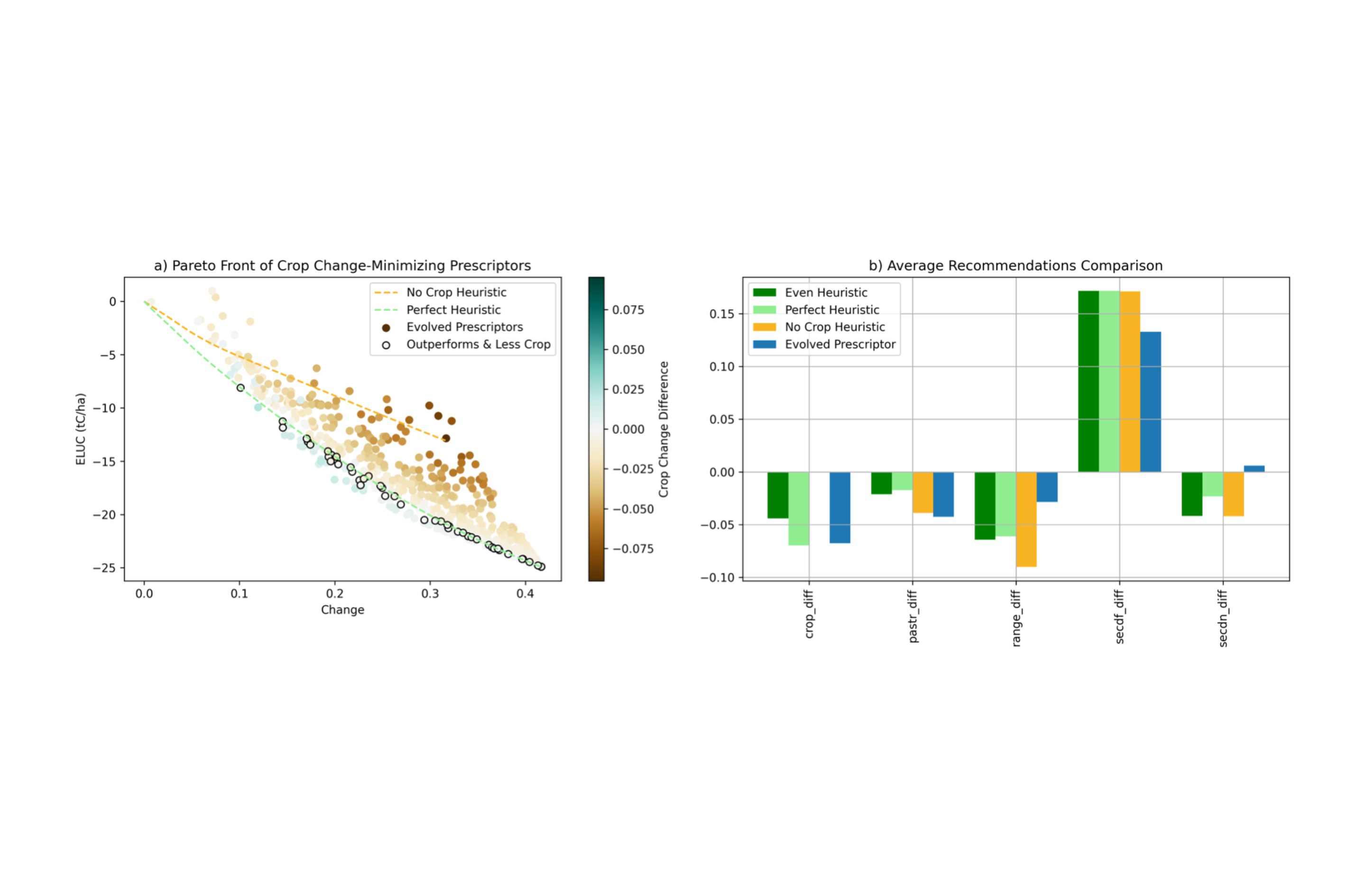

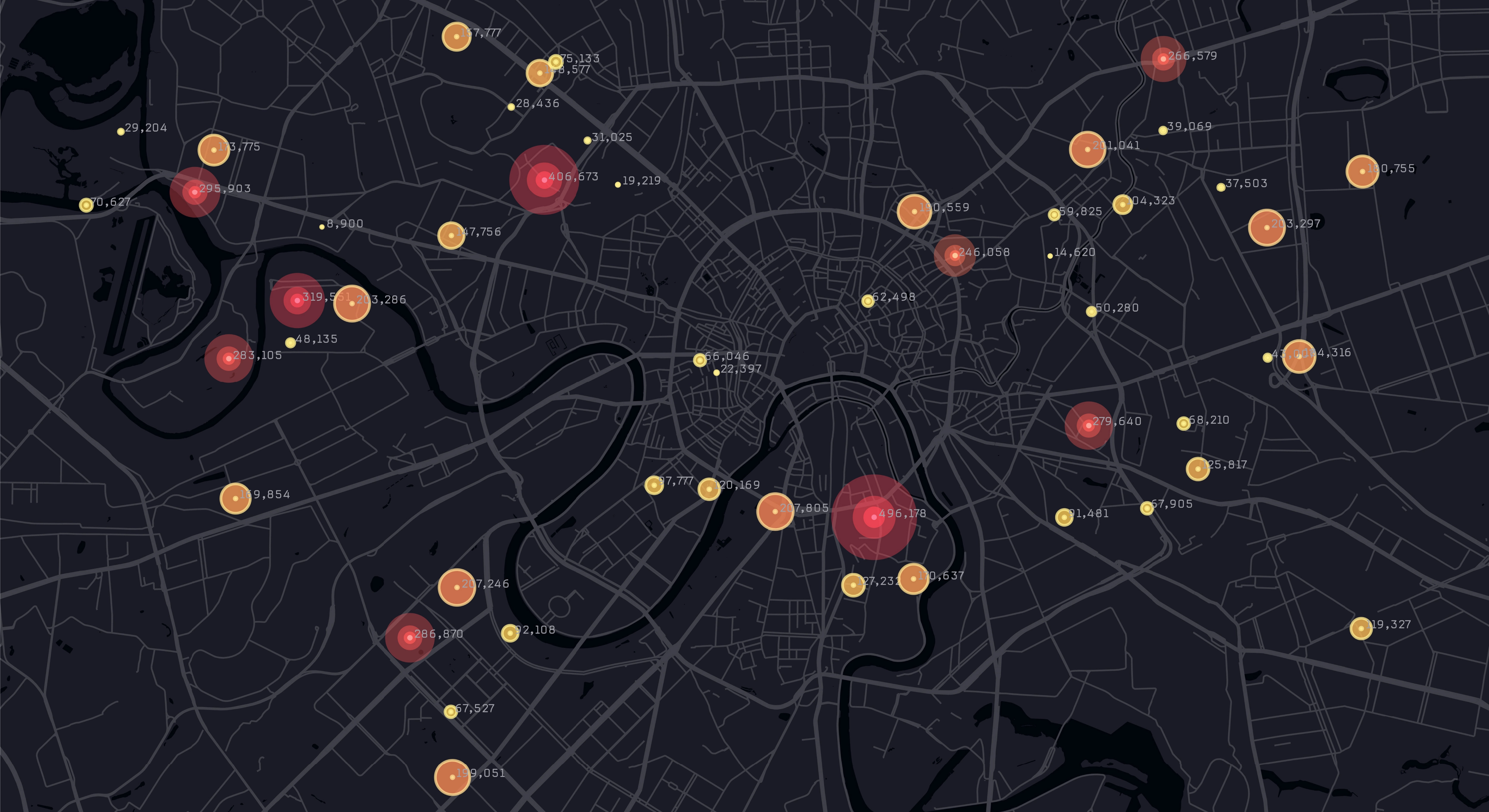
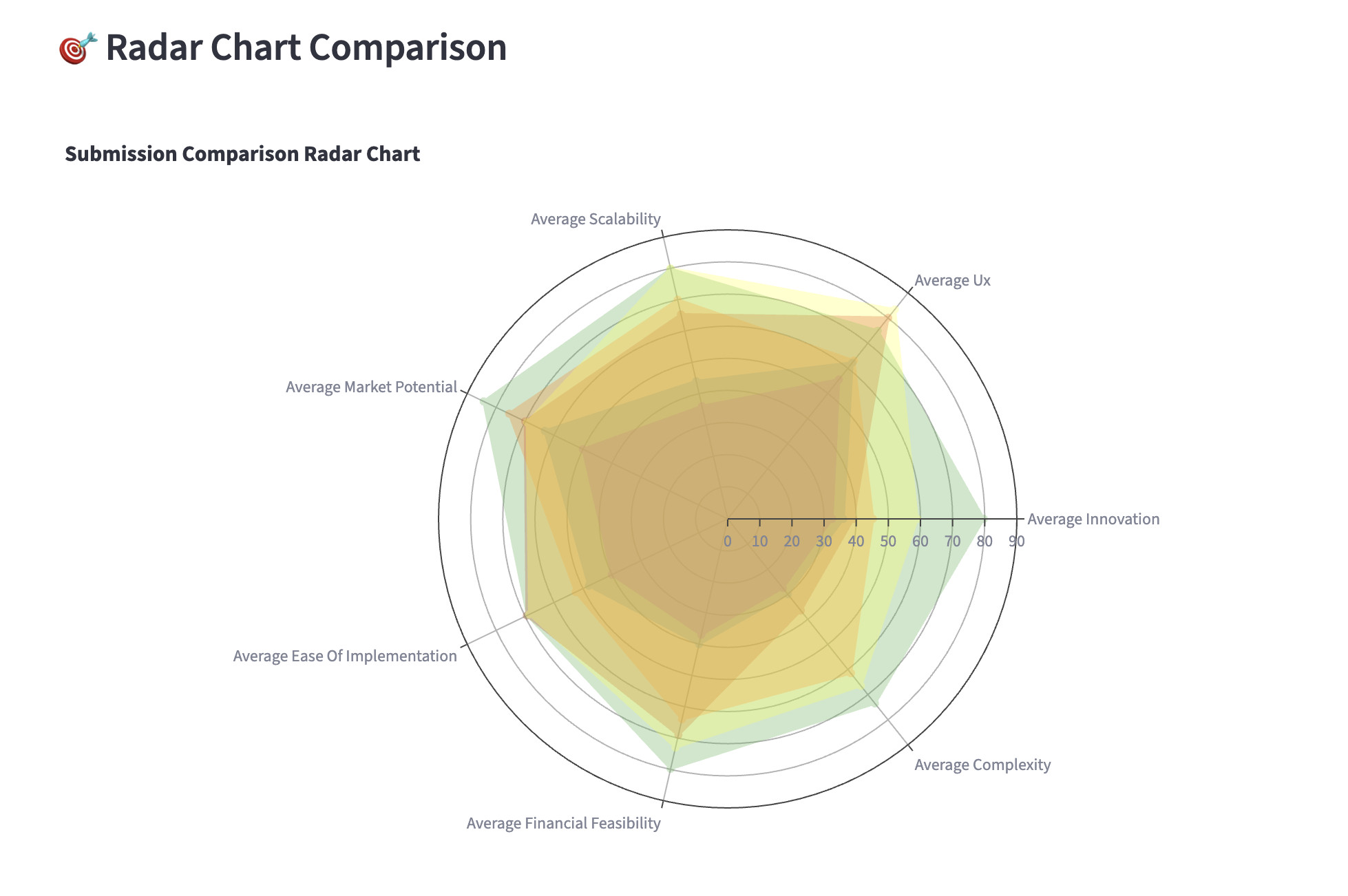
-1?wid=1600&fit=wrap)
